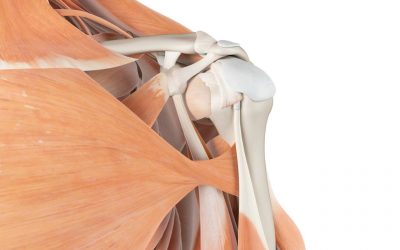Anyone and everyone should do ROM exercises to stay healthy. These exercises are of additional benefit to those who have reduced shoulder ROM.
Acute Injury
If you have suffered an acute injuryROM exercises may be avoided initially as pain and inflammation may hamper any movement. Gradually, active ROM or active assisted ROM exercises can be started depending upon the person’s pain tolerance and other symptoms. These exercises help to regain mobility and assist in recovery.
Repetitive Strain Injury
For someone with a repetitive strain injury, you may start with active ROM exercises. Although, along with ROM exercises, strengthening exercises are equally important to prevent further damage to the tissue.
Frozen Shoulder or Degenerative Issues
For someone with frozen shoulderA condition where shoulder movement becomes very limited and painful. The cause is often unknown, bu More or degenerative issues, reduction in ROM is usually present. Because there is no active injury in these patients, therapists can use passive ROM exercises. However, eventually, the patients must be trained to do active ROM exercises.
Elderly People
For the geriatric population, due to aging flexibility reduces and joints start to become stiff. To prevent this from happening or to maintain the available ROM, active assisted exercises which then progressed to active ROM exercises can be done.
Athletes
For the population involved in skill based activity, active ROM exercises are preferable as reduced ROM at the joint may hinder the activity as a whole making it less skillful.
Neurological Conditions
The role of passive ROM exercises is present mostly only in neurological conditions to maintain the ROM of the joint as some patients are unable to perform a full movement as their strength is affected.

